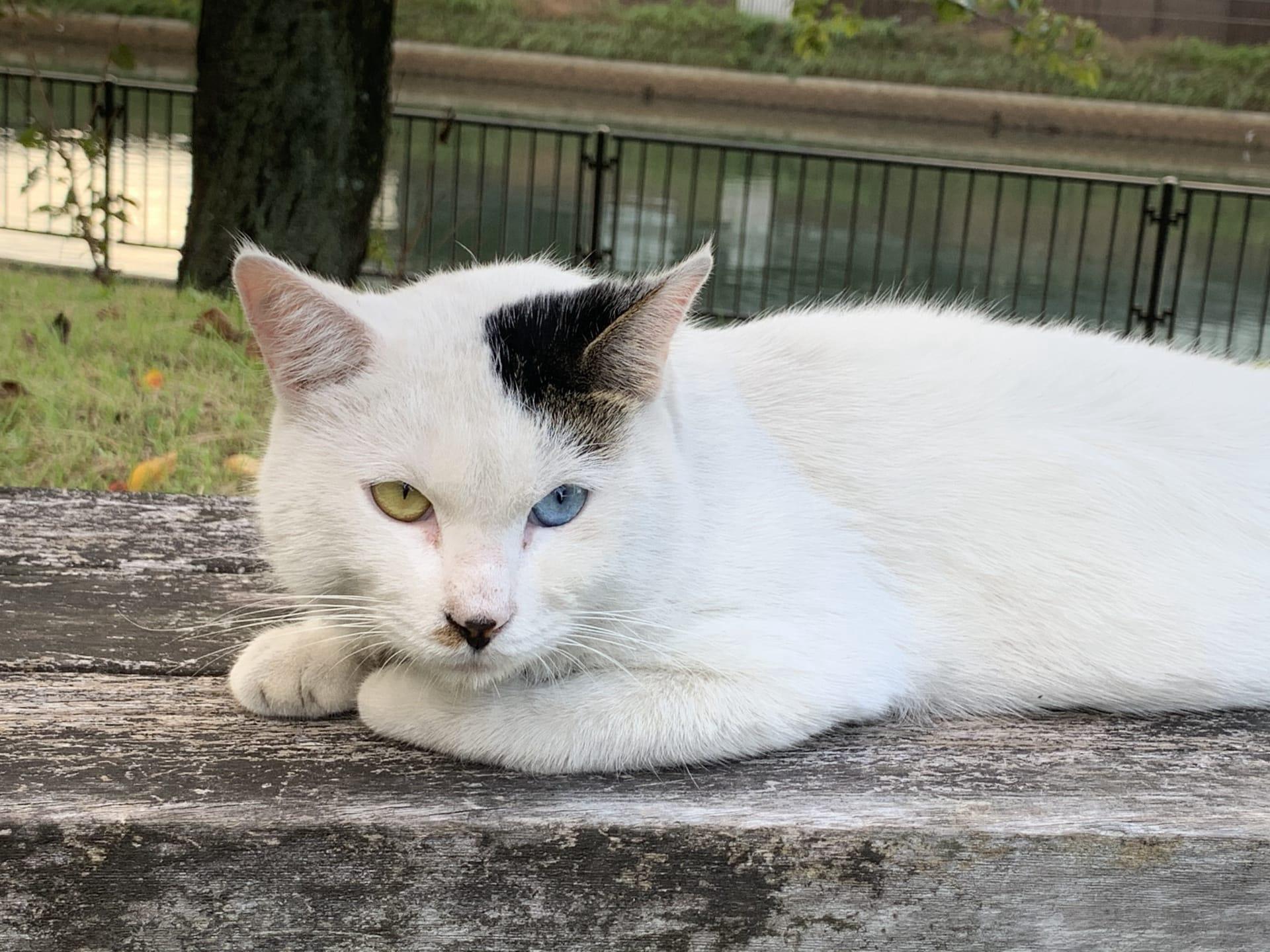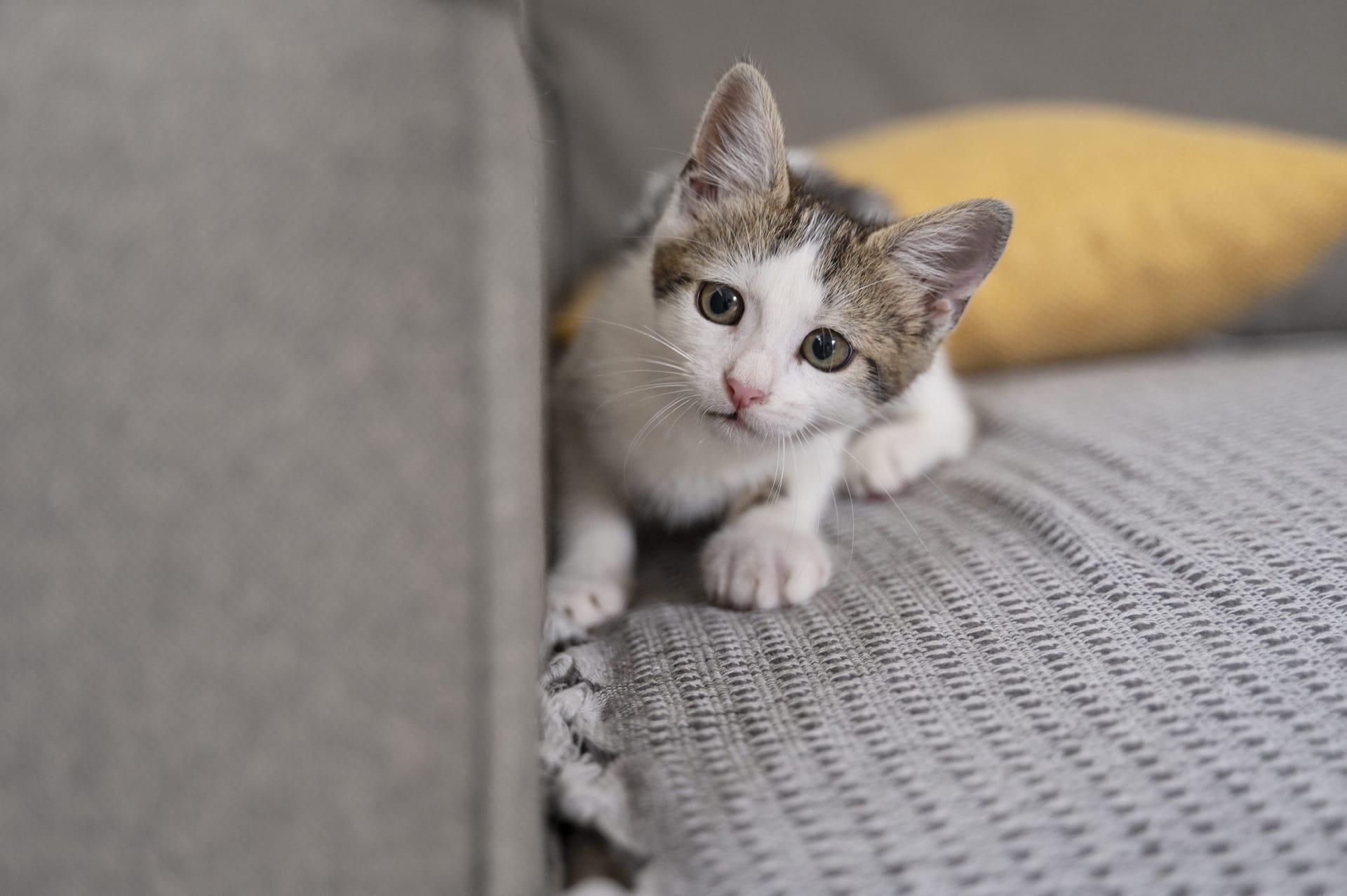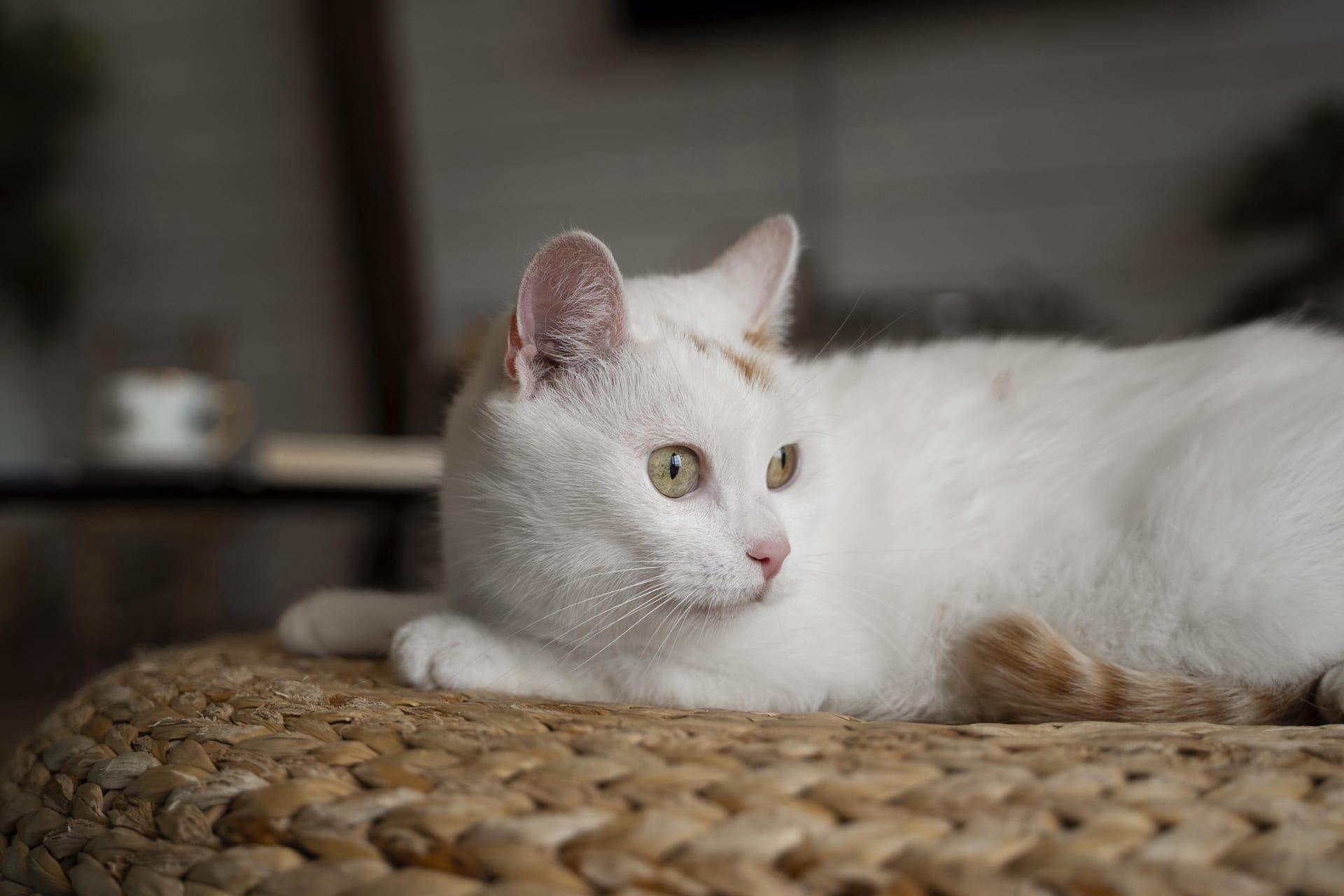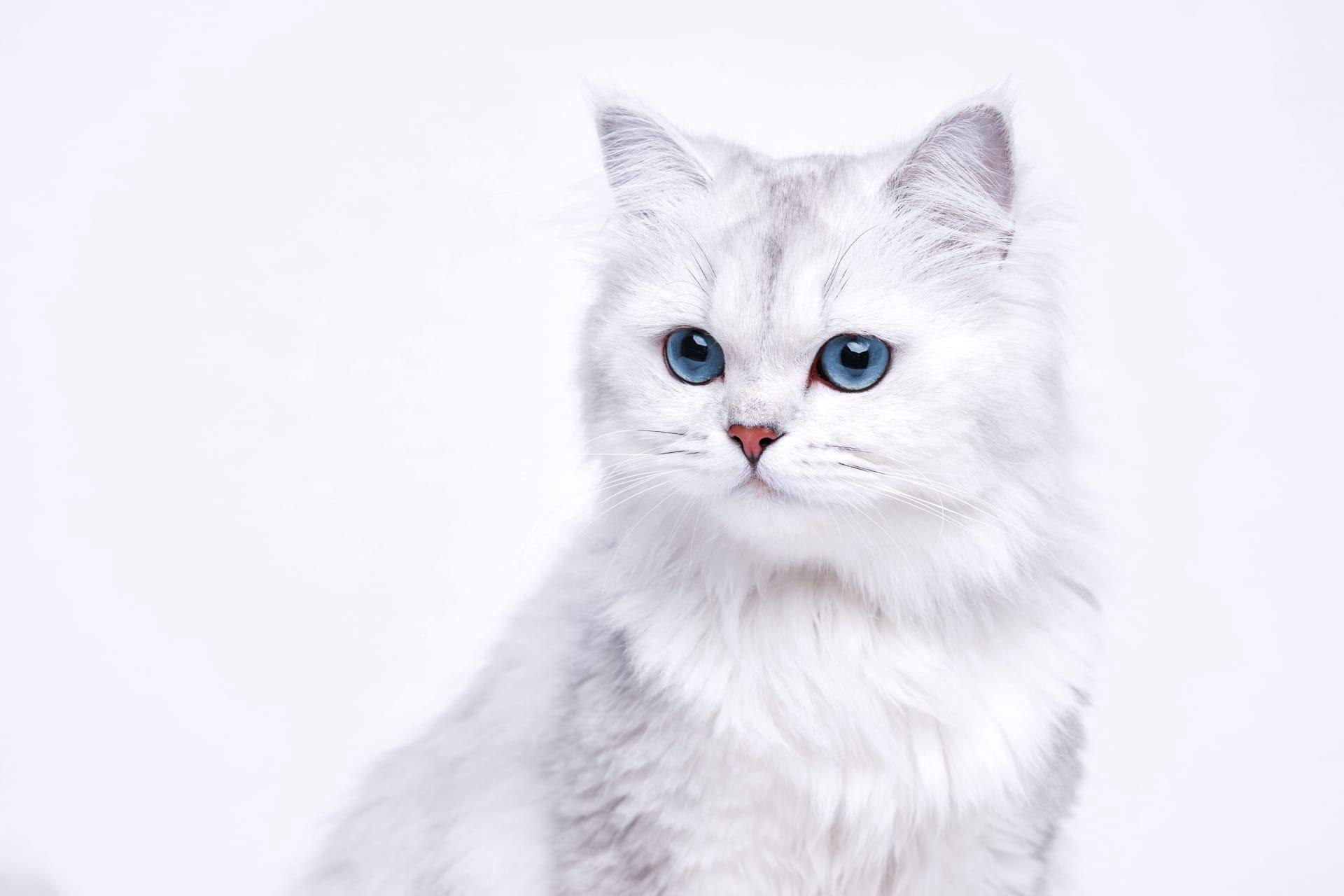1
The Burmilla Cat, a breed known for its shimmering silver coat and striking green eyes, originated from an accidental breeding between a Chinchilla Persian and a Burmese in the United Kingdom in 1981. This serendipitous mix resulted in kittens with distinctive silver-shaded and tipped coats, setting the standard for the breed's unique appearance. The breed's coat is not just a single color but a variety of shades, ranging from light silver to deeper shades, complemented by the green or gold-green hue of their eyes. The Burmilla's coat texture is uniquely plush and requires minimal grooming compared to other long-haired breeds, making them a low-maintenance option for pet lovers.
The Burmilla is renowned for its playful and affectionate nature, often described as maintaining kitten-like characteristics well into adulthood. Unlike many cat breeds, the Burmilla is known for its sociable attitude, often seeking out human company and displaying a high level of affection towards their owners. They possess a gentle and laid-back temperament, making them excellent companions for families and individuals alike. Their playful disposition is coupled with a curious intellect, leading them to enjoy interactive toys and games that challenge their problem-solving skills. This combination of playful energy and affectionate demeanor has made the Burmilla a beloved pet in homes around the world.

2
Despite their relatively recent introduction to the cat world, Burmillas have quickly gained recognition in various feline associations. The breed was granted championship status by The International Cat Association (TICA) in May 1994, a testament to its growing popularity and the breeders' efforts to standardize its characteristics. This official recognition has helped to elevate the breed's profile on a global scale, encouraging responsible breeding practices and increasing its presence in cat shows around the world. Championship status in prestigious associations is crucial for promoting breed standards and ensuring the health and well-being of the cats.
One of the most intriguing aspects of the Burmilla is its genetic diversity, which contributes to a wide range of coat patterns and eye colors. The breed can exhibit four different coat patterns: shaded, tipped, smoke, and pointed, each with its own unique distribution of color and contrast. This variety stems from the breed's mixed heritage and the complex genetics involved in coat coloration. Additionally, while green eyes are the most sought after and characteristic of the breed, some Burmillas can also have blue or yellow eyes, depending on their specific genetic makeup. This genetic variation not only adds to the breed's aesthetic appeal but also contributes to a robust gene pool, which is beneficial for the breed's overall health and vitality.

3
Burmilla cats have a distinctive personality trait known as "Burmilla Glitter," a term used to describe the sparkling effect of their coat under natural light. This glittering appearance is not found in many cat breeds and is a result of the unique fur structure and the silver undercoat that reflects light, giving the fur a luminescent quality. This striking feature is especially noticeable in sunlight and adds to the allure of the breed, making it a visually captivating companion.
The breed's adaptability to various living conditions is another testament to its versatility. Burmillas are equally at home in spacious houses as they are in smaller apartments, thanks to their moderate activity level and sociable nature. They are known to form strong bonds with their human families and can adjust their behavior to match the energy of their household. Whether they're in a bustling family environment or a quiet single-person home, Burmillas thrive on interaction and companionship, making them an ideal pet for a wide range of living situations.

4
Health-wise, Burmilla cats are generally robust with a lifespan of 12 to 16 years, but they do have predispositions to certain genetic conditions, such as Polycystic Kidney Disease (PKD) and Hypokalemia, inherited from their Persian and Burmese lineage, respectively. Responsible breeders will screen for these conditions to ensure the healthiest offspring possible. Awareness and early detection through regular veterinary care can manage these issues, allowing Burmillas to lead full, healthy lives.
Burmillas are also known for their expressive faces, which many owners attribute to the breed's wide range of vocalizations and facial expressions. Unlike some more reserved cat breeds, Burmillas are not shy about communicating their needs and desires, whether it's for food, attention, or playtime. This communicative nature, combined with their affectionate and playful temperament, makes them highly interactive pets that can form deep, emotional connections with their owners.

5
Despite their luxurious appearance, Burmillas are not high-strung or overly demanding in terms of attention. They strike a perfect balance between independence and affection, often content to be in the same room as their owners without needing constant interaction. This quality makes them suitable for busy individuals or families who cannot provide round-the-clock attention. Their ability to entertain themselves with toys or find cozy spots for napping ensures they are well-adjusted pets, capable of fitting into various lifestyles with ease.
The Burmilla's commitment to its family is matched by a surprising element of loyalty not always associated with cats. They have been known to follow their owners from room to room, displaying a dog-like fidelity. This loyalty extends to children and other pets, with Burmillas often becoming protective and affectionate members of their households. Their gentle nature and tolerance make them excellent companions for children, teaching them the value of kindness and care for animals. This combination of traits – from their striking appearance to their endearing personalities – ensures the Burmilla's place as a cherished member of the family.